Announcements
Drinks

French banks quarterly: sobering times
Financial tightening is working its way through the system. Loan production is slowing, and while economic activity in France may be better than expected in 2023, the V-shaped recovery over 2022-2024 could be closer to an L-shaped trajectory.
Restrained balance-sheet repricing should continue to unfold without creating major credit issues as long as low-return activities remain low-risk. “Modelling balance-sheet repricing in French retail banking to optimise interest revenue is this year’s challenge,” said Nicolas Hardy, deputy head of Scope’s financial institutions team. “Banks need to predict EU and national policy changes as well as customer behaviour at a time of rising interest rates.”
The banks' half-year numbers demonstrated a very mixed bottom-line performance. Core operating income declined for all banks except Crédit Agricole. Material exceptional items across the sector include TLTRO accounting as well as changing perimeters (BNP Paribas’ sale of BankWest; SG’s acquisition of LeasePlan). The first-time application of accounting standard IFRS 17 for insurances activities, which are large for French banks, limits comparison with past performance.
French banks: mixed half-year results

*BNPP: Exceptional items include EUR 2.947bn capital gain from the sale of Bank of the West in Q1. Not restated for accounting changes. Source: banks, SNL, Scope Ratings
Factors such as accelerated repayment of TLTRO III, unexpected revisions to the remuneration of mandatory reserves, and a change of approach to setting usury rates and rates on benchmark regulated savings have a big impact on asset and liability management and are a constant source of surprises.
“Credit demand is adjusting and corporates and households are increasingly looking for better remunerated products, adding to the banks’ margin pressures,” Hardy said. “Geographic and business diversification is a key mitigating factor in this context and a differentiating factor among banks.”
“The decision to pause rate increases on benchmark regulated savings was positive for banks, but this relief appeared short-lived following the ECB decision to revise the remuneration on mandatory reserves,” Hardy said. “The average net interest margin on financial assets is trending down below 100bp. Pressure on net interest margins is being counterbalanced less and less by loan growth, although the latter is still a positive factor.”
Business diversification limits downside pressure on revenue growth while bancassurance business models have also performed well this year: increasing synergies is this area are a strategic pillar for all banks. Corporate and investment banking, especially in the first quarter, was another source of relief.
There were no major changes in terms of distance to regulatory capital requirements, or revision of medium-term targets in the second quarter. CET1 requirements increased slightly due to the higher countercyclical buffer in France (0.5% since April) and minimum leverage ratio requirements went up following the introduction of the G-SIB add-on. Capital distribution policies remain unchanged.
Download the French banks quarterly here.
The following issuer rating reports are available to ScopeOne subscribers:
- Banque Fédérative du Crédit Mutuel
- BNP Paribas S.A.
- BPCE S.A.
- Crédit Agricole S.A.
- Société Générale S.A.
Make sure you stay up to date with Scope’s ratings and research by signing up to our newsletters across credit, ESG and funds. Click here to register.






